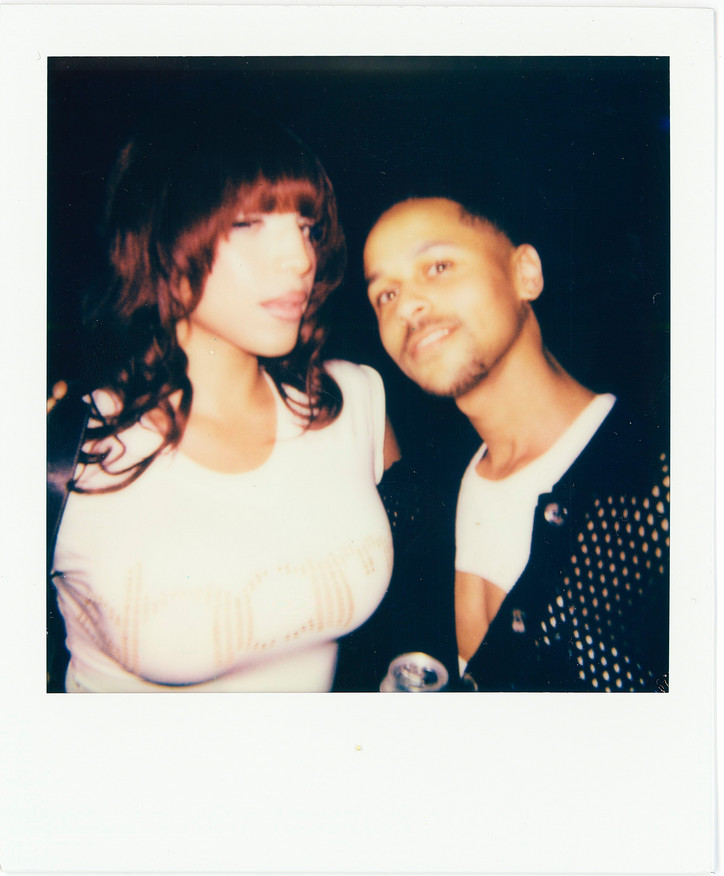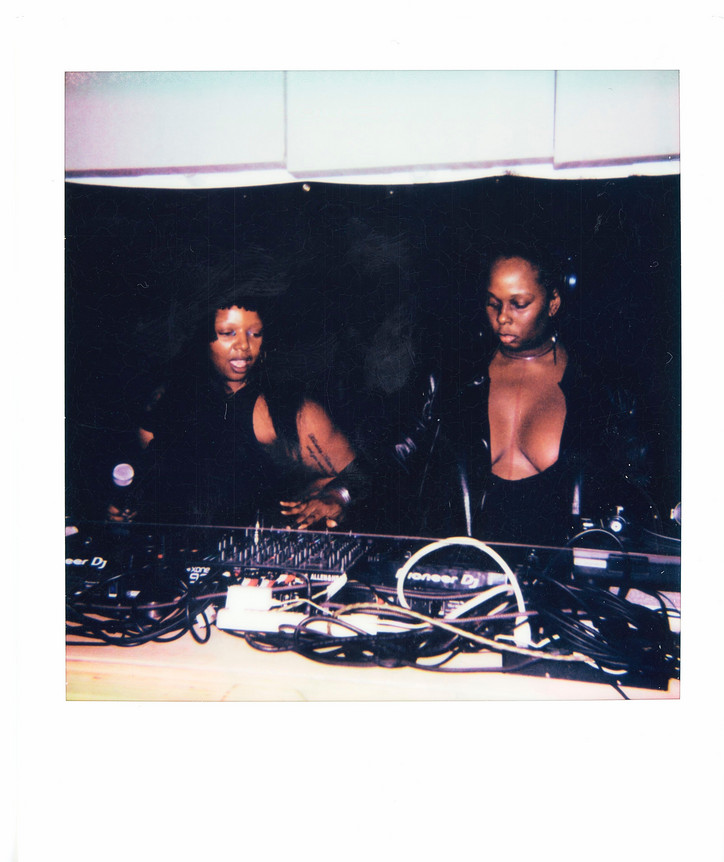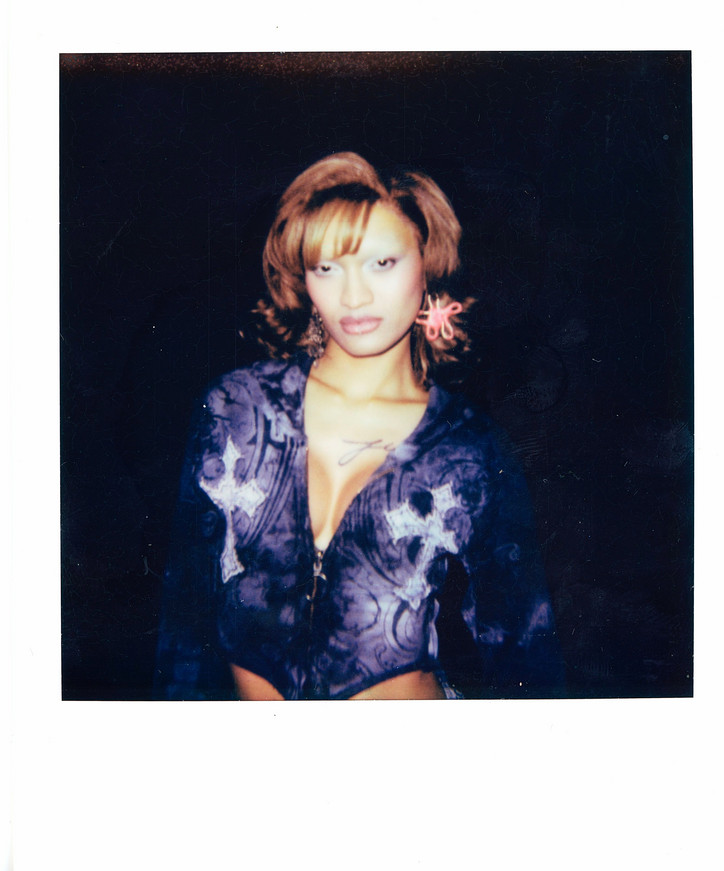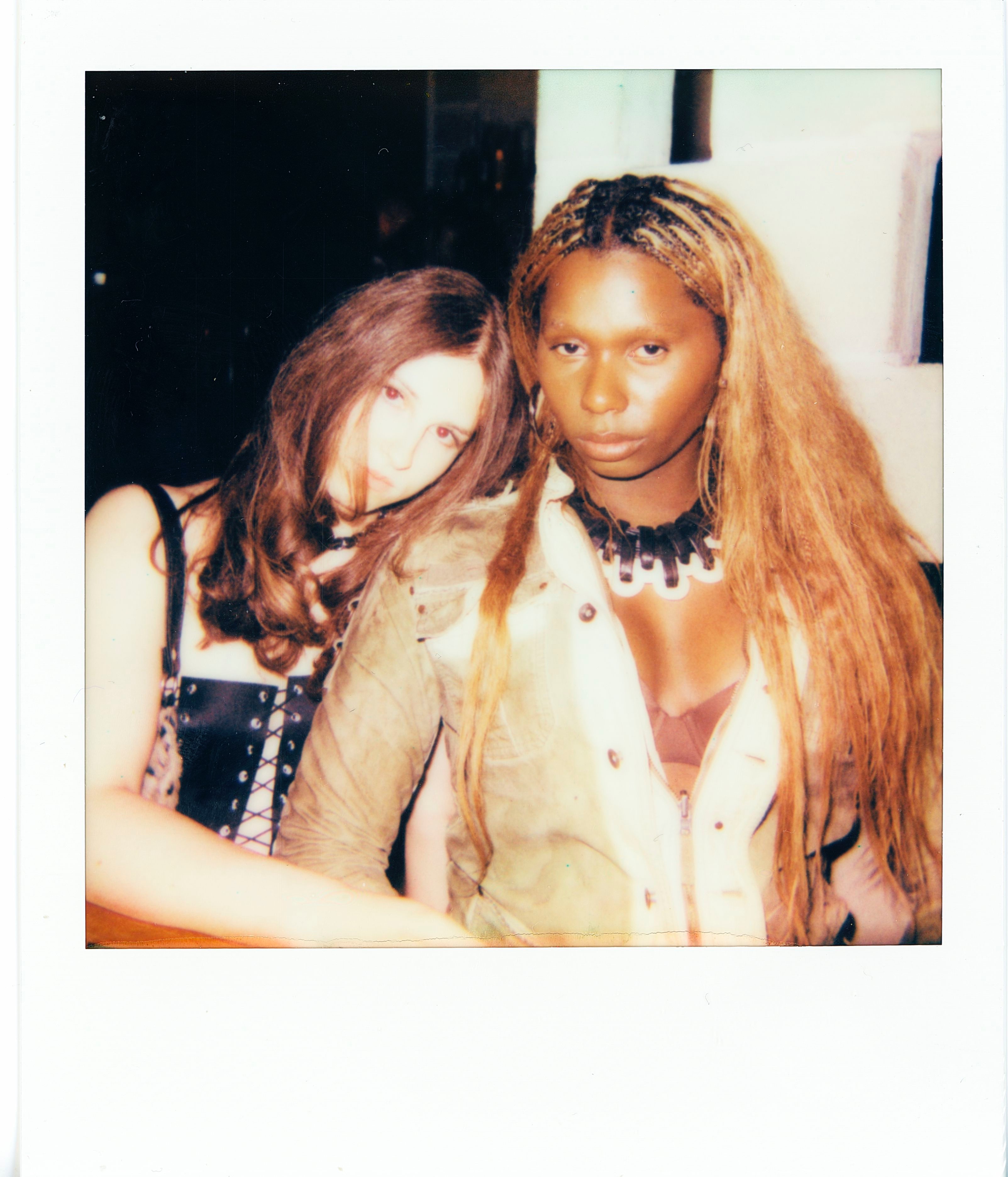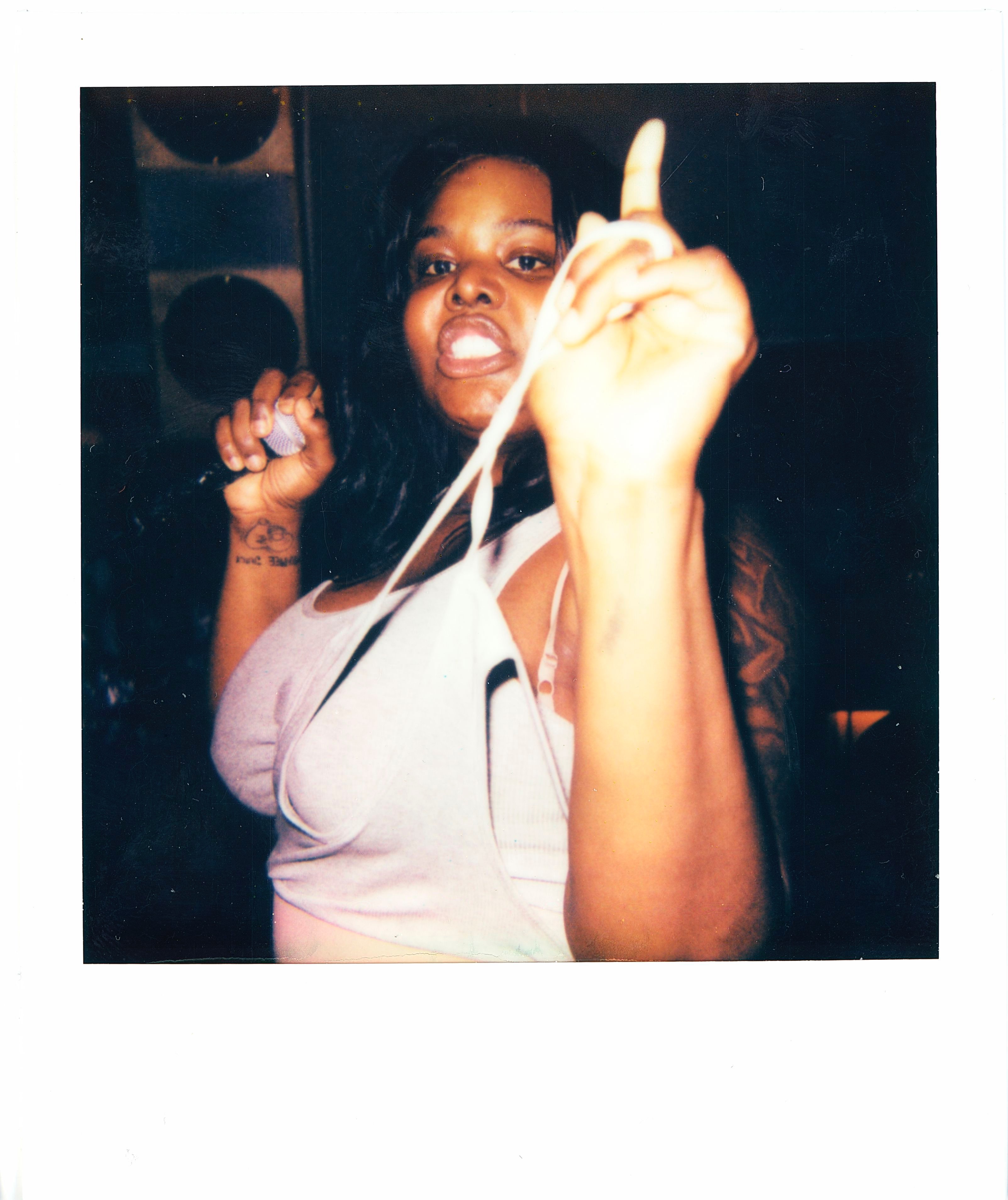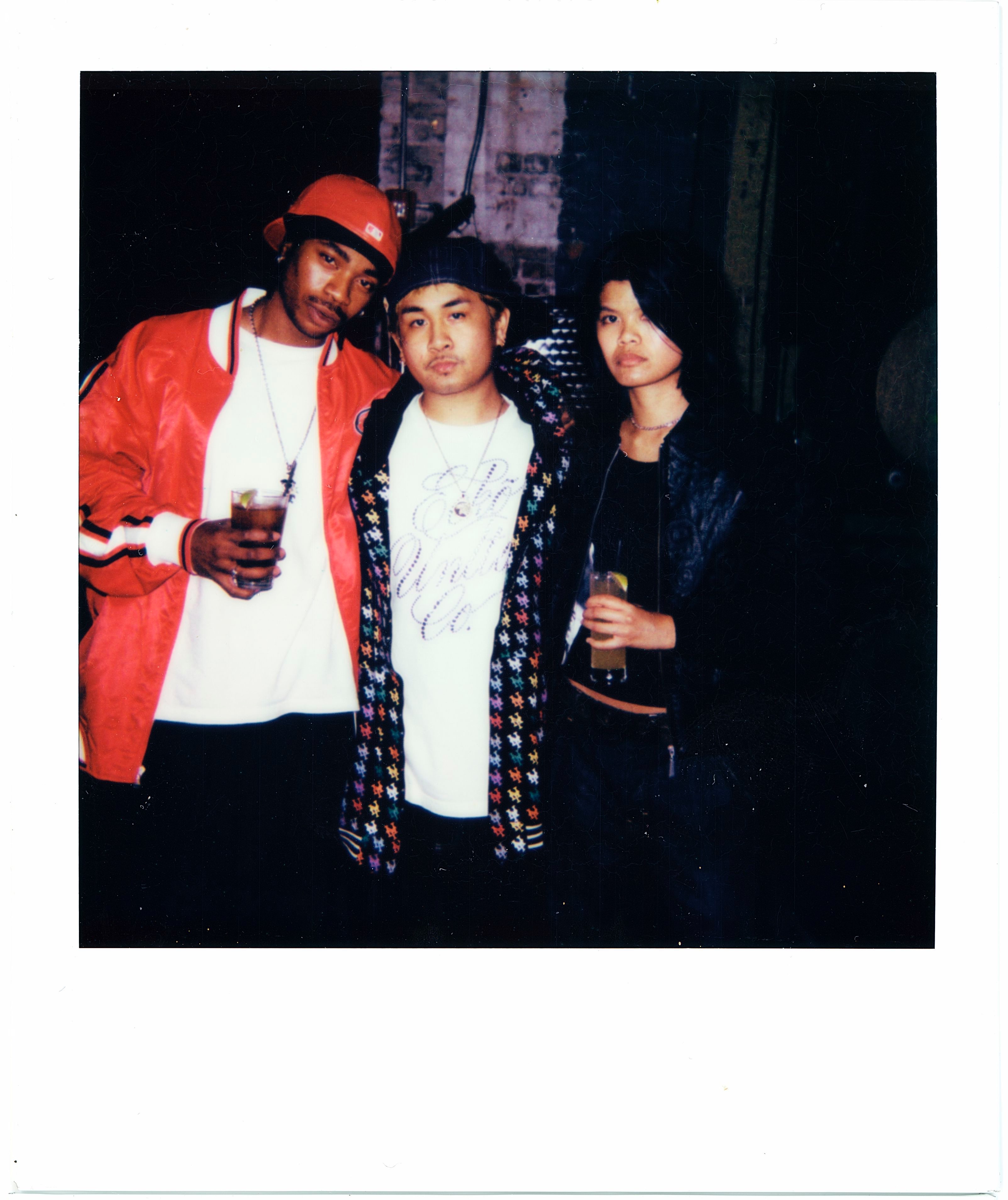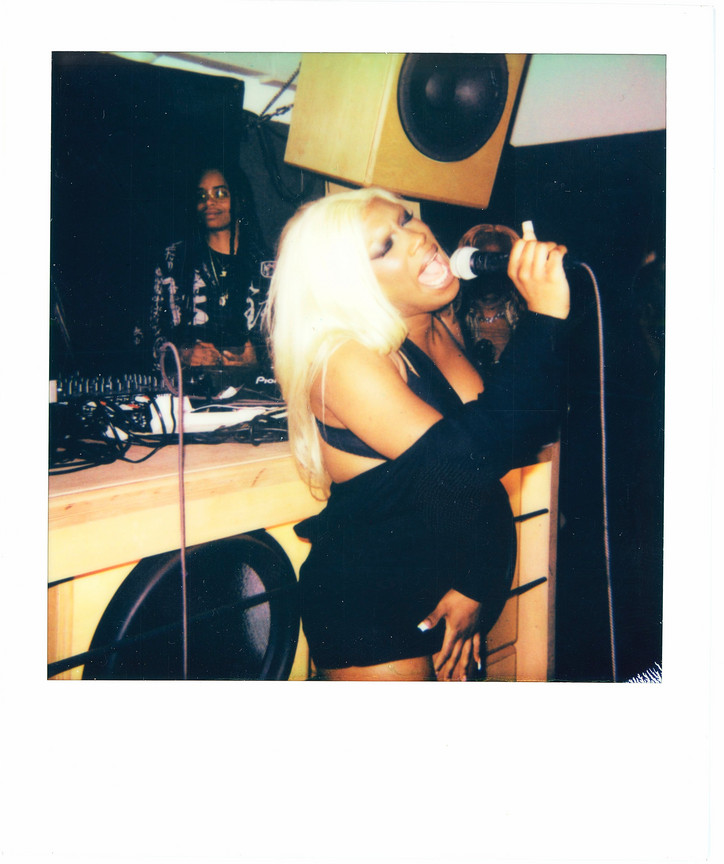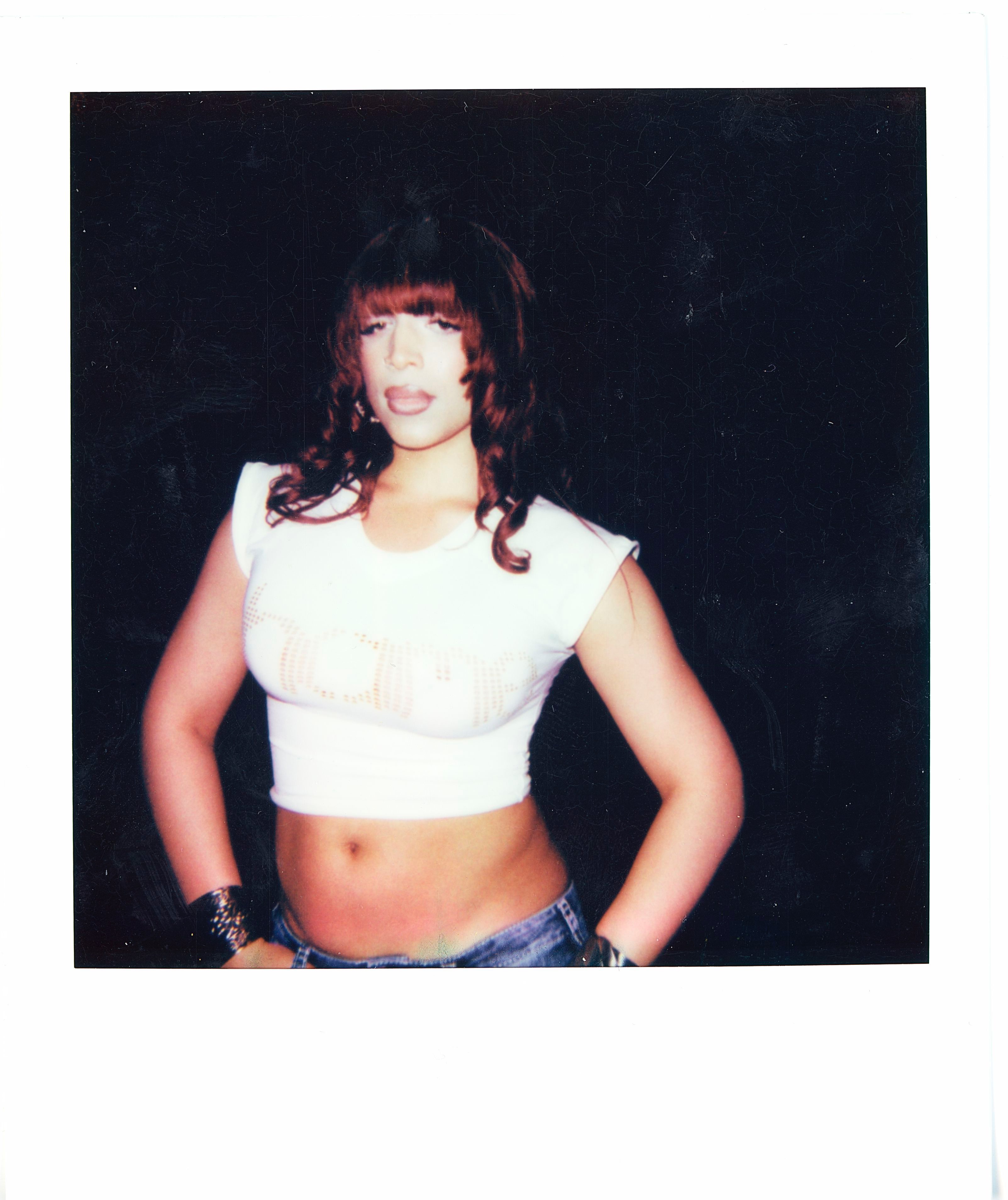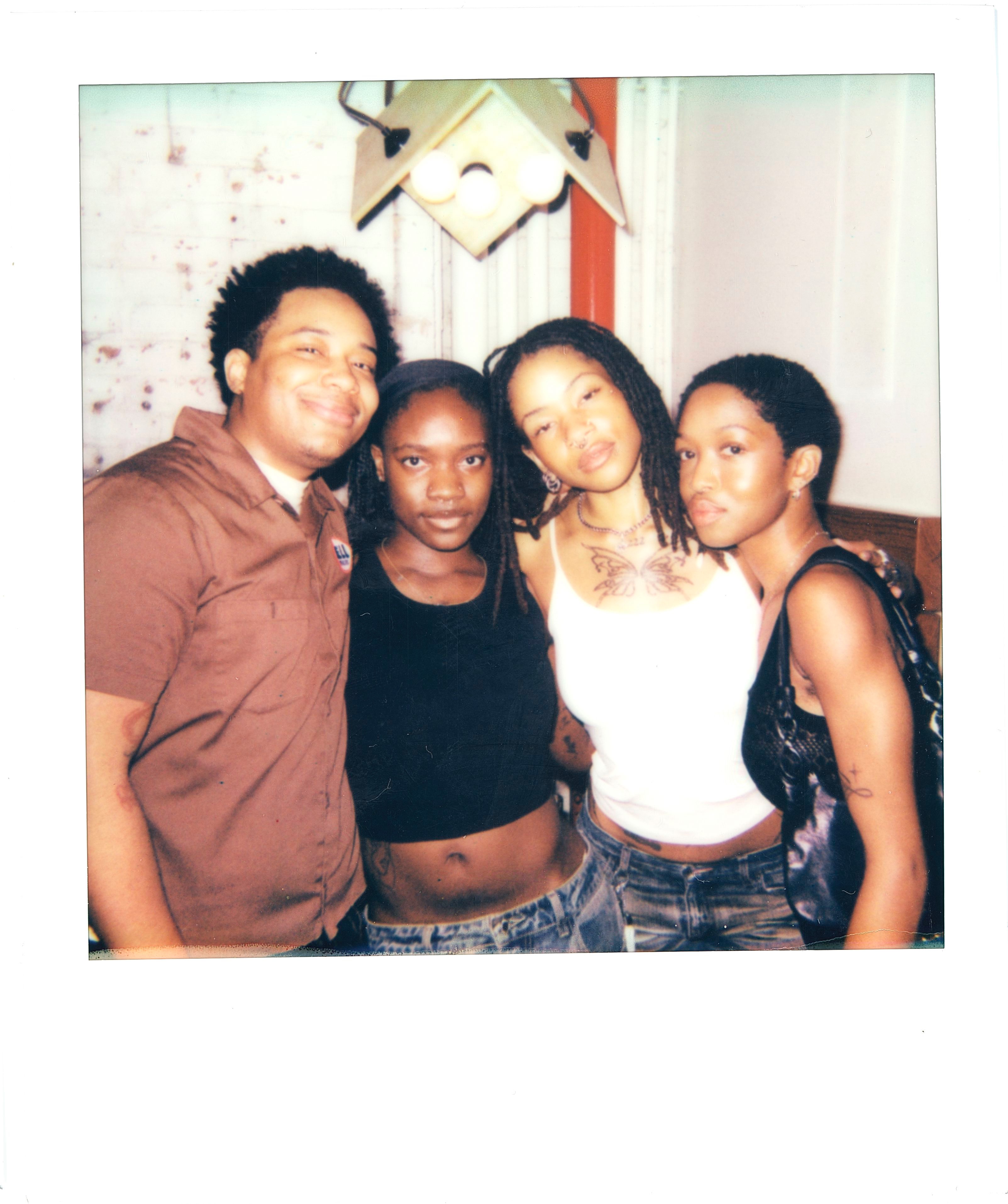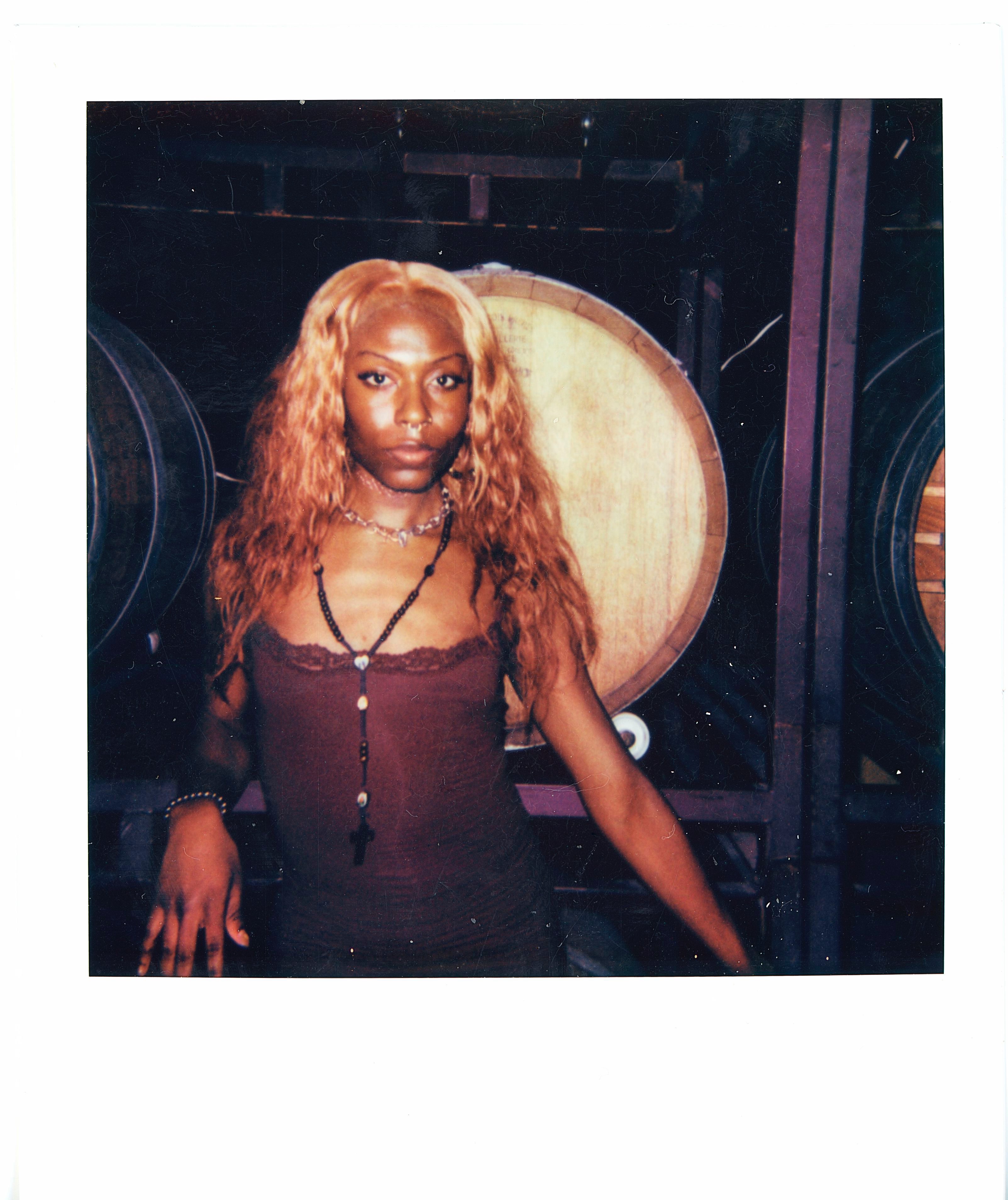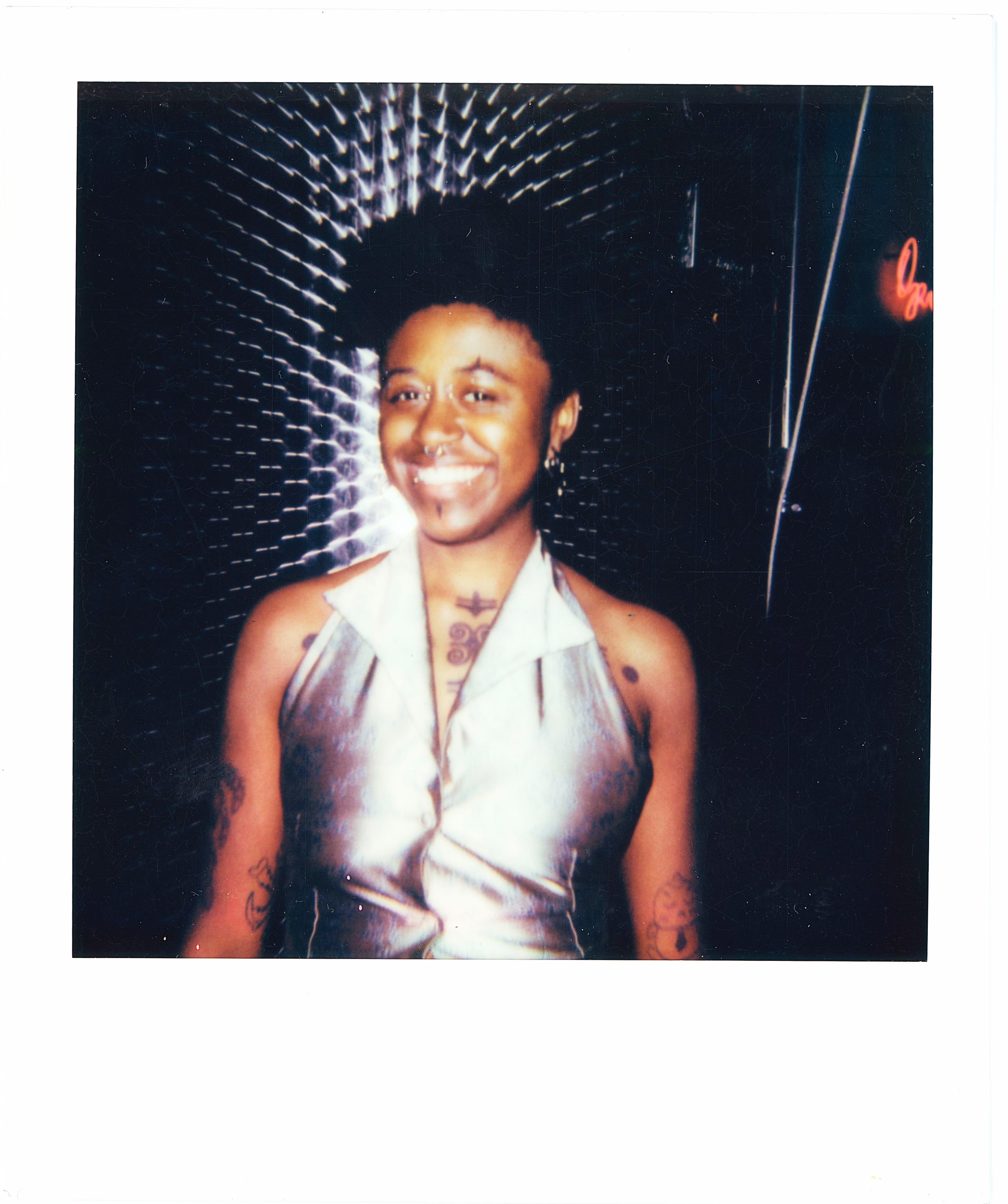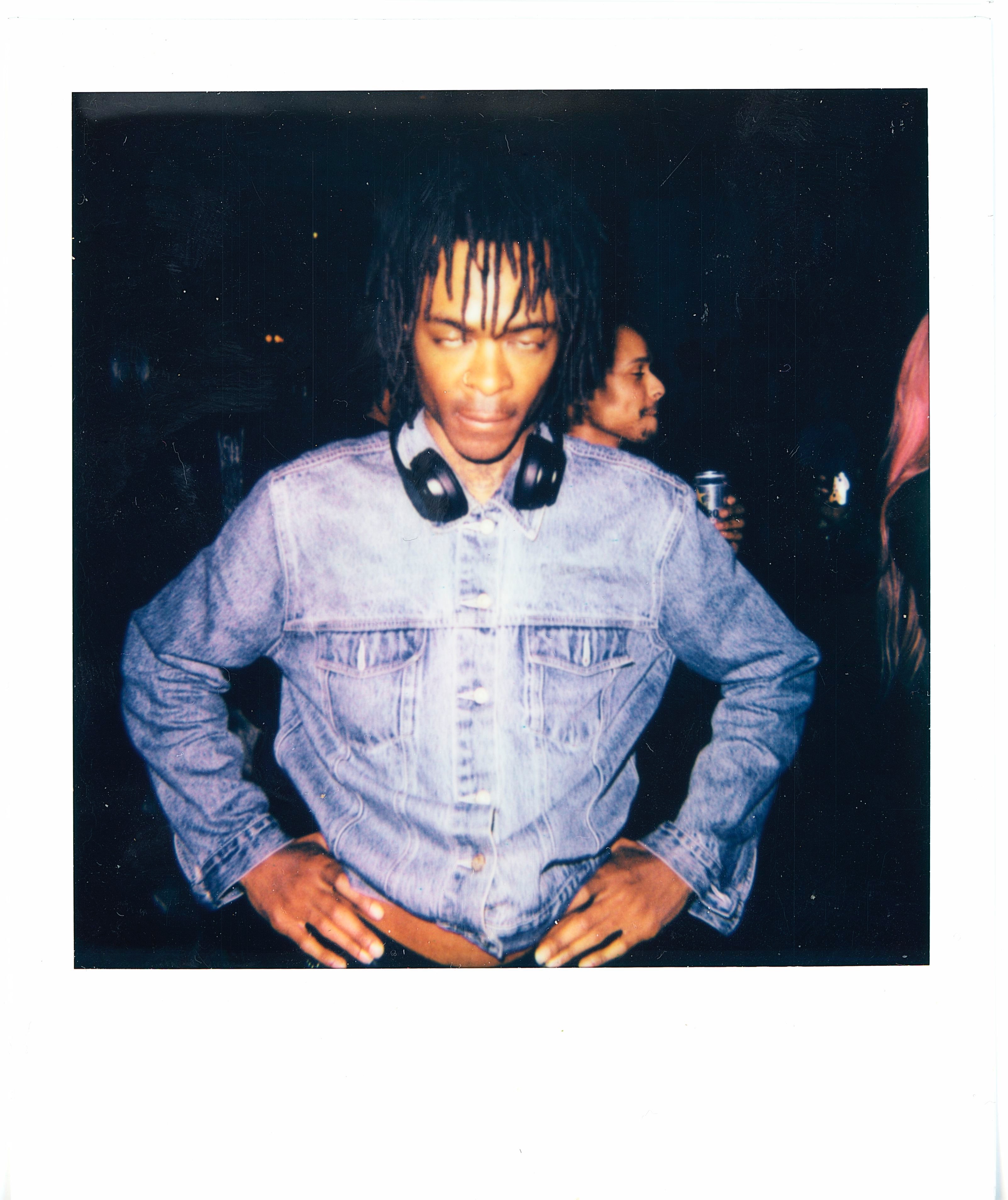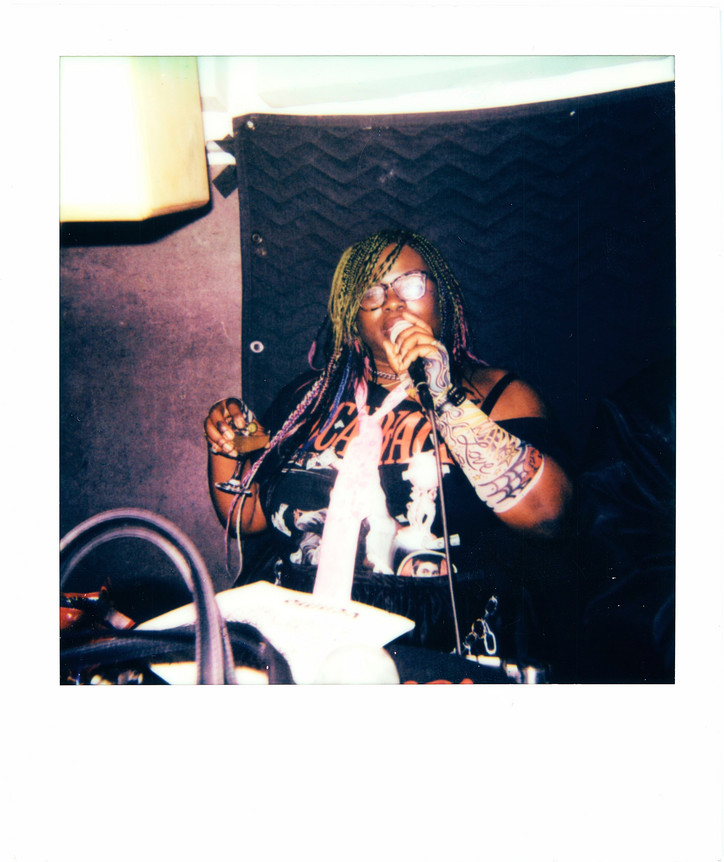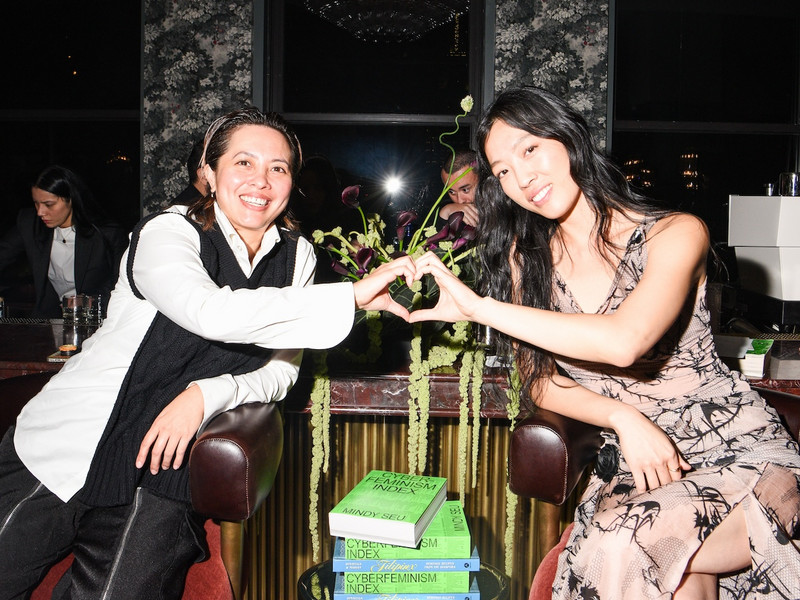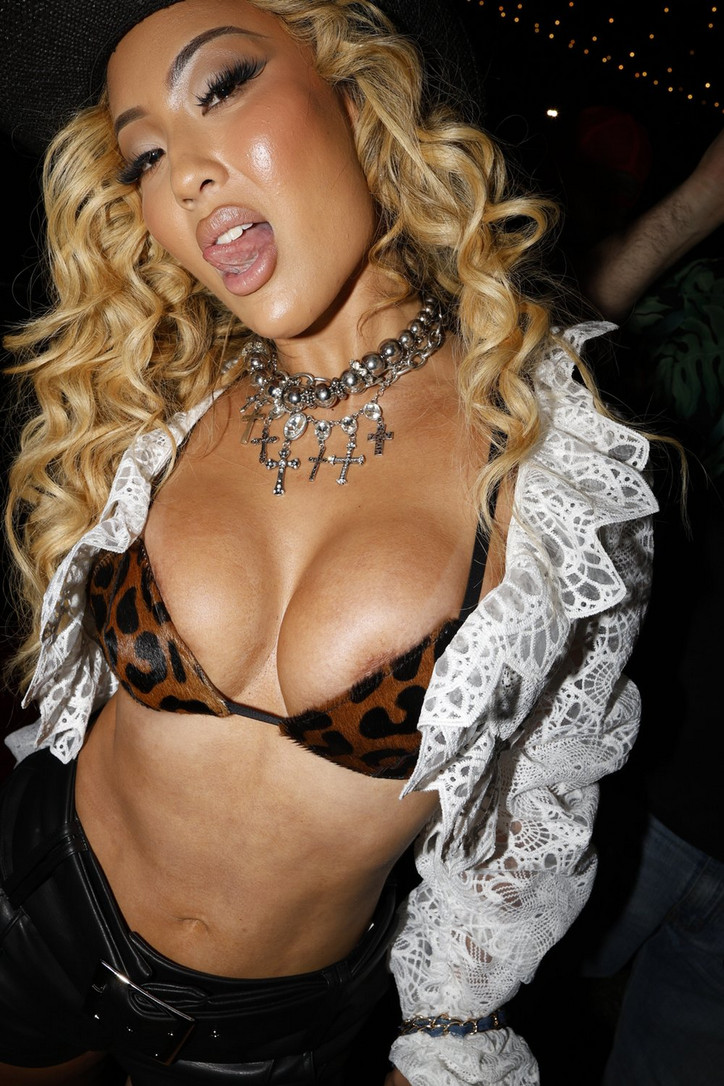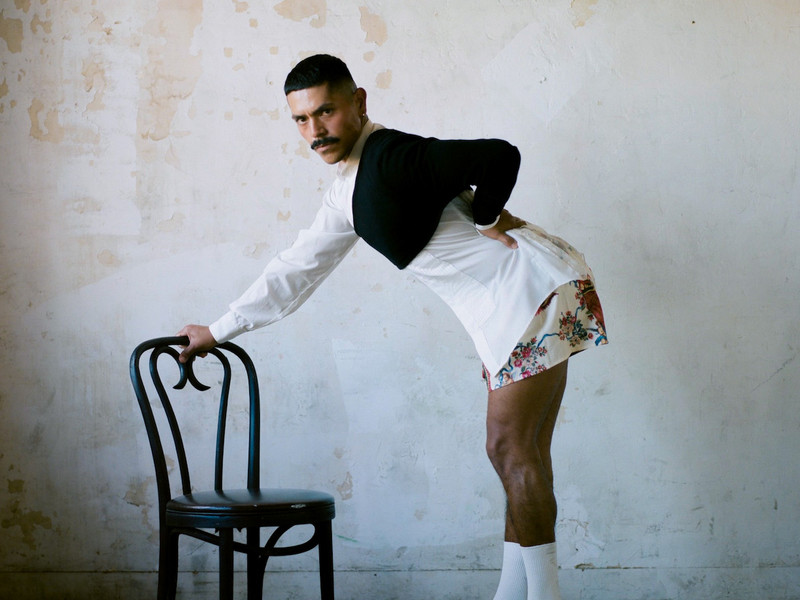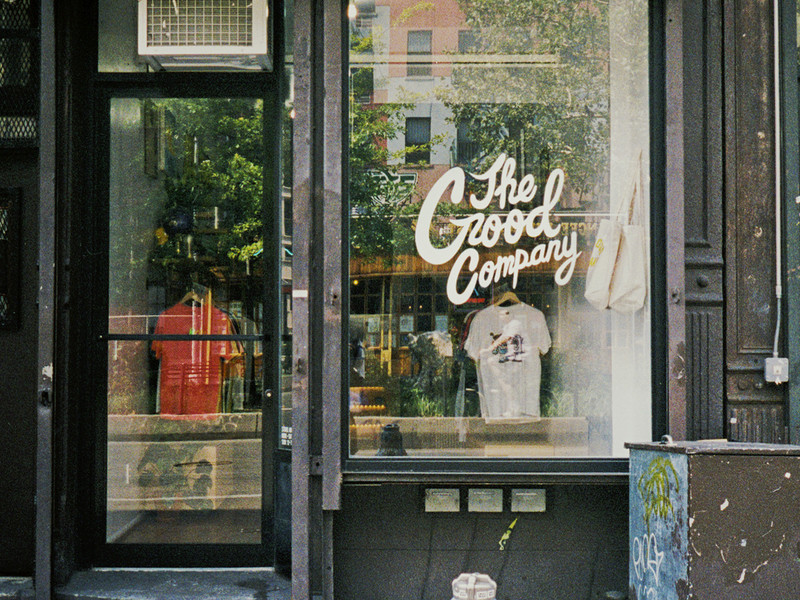Flavin Judd Reflects on His Father's Craft

Your father was primarily known for sculptures but furniture design ultimately began a huge part of his legacy. What did it mean to you and your sister to grow up in a space so intimately surrounded by his work?
We thought it was normal that where we lived was filled with art, books, and furniture that Don made. It seemed odd that other people were perfectly happy to buy their environments and their aesthetics, while Don insisted on making his. For us, his work didnʼt fit into any categories or historical contexts because it was what surrounded us, and what surrounds you is what you consider normal. Insisting on an expensive shoe-box above Central Park or a perfectly useless super green lawn is strange, making a desk for your kids is not.
A lot of the materials he used were locally sourced which ultimately contributes to the reductive simplicity echoed in the final products. What can you tell us about this?
Don had a practical side as well as a respect for local norms or traditions, even if he rejected most of those he grew up with. He was always willing to appreciate local craftsmanship because it was, in itself, a locality, a culture. For the furniture in Texas, there was one lumberyard and they sold pine 1 x 12s so that is what he used. But to get to the point that he wanted to use 1 x 12s for a chair involved a lot of thinking so itʼs only at the relative end of the process that he decided to use them. He also used a lot of aluminum and thatʼs not local to anywhere, he just used what was available and what he liked.
Were you and your sister aware of the design significance that went into the pieces or did it feel like a normal home growing up?
It felt like and is a normal home. Itʼs the world that has changed.
What is your favorite piece and why?
I donʼt really have a favorite piece but that is because I keep seeing the furniture in different materials and environments and so there is always a new way to look at them. They keep being new to me and I think thatʼs really nice, it also means the designs are really good, they arenʼt wearing out on me.
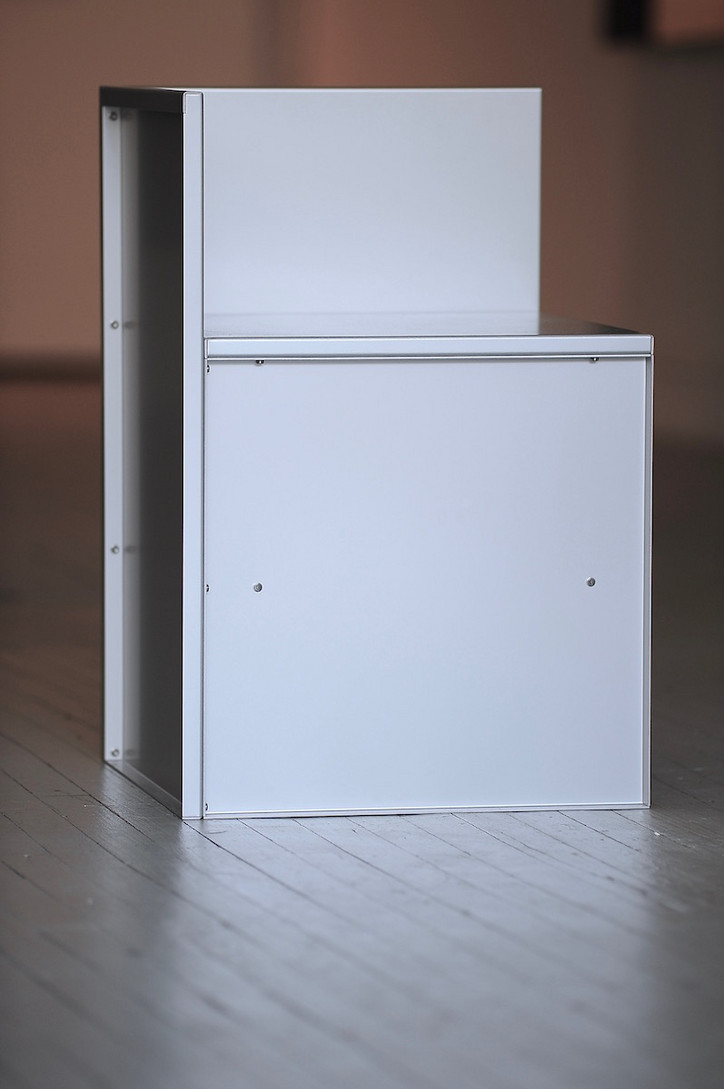
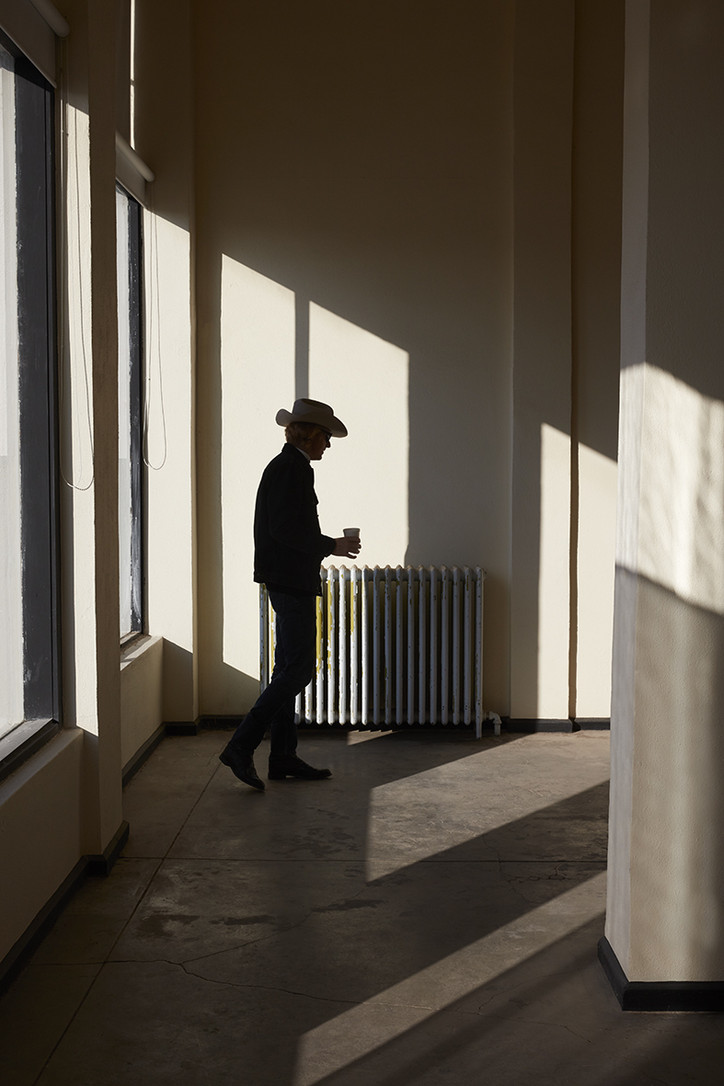
Itʼs been noted that your father began to design furniture out of a want for functional pieces for your home - what do you remember/know of the design process from sketch to finished product?
It was really simple because most of it was figured out in his head and then there was usually a quick sketch for a fabricator. When Don started using so-called real carpenters in New York problems started because they wanted to fetishize the joints and the surface and Don had to keep working with them to keep the pieces plain and simple. He didnʼt want fancy joinery, he wanted the parts to cleanly and simply meet.
What was his favorite piece and why?
He didnʼt have a favorite piece and he was never finished designing. He wasnʼt finished designing furniture, buildings or art or anything else.
Was it ever a case of furniture being “precious” and something you and your sister had to be careful around once finished?
That was true but not any more than any other furniture or object. Don treated everything with respect, you didnʼt break the spines of books and you didnʼt fall down into the Breuer chair and you didnʼt do that with Donʼs furniture. He didnʼt treat his furniture any differently from others.
How does your fatherʼs furniture fit into the narrative of the space?
Any narrative within a space is imposed upon it by us and Don didnʼt like narratives.
Tell us what you remember of your father designing furniture - did he sketch? Source inspiration from somewhere?
There are many sketches, some ultimately made and others not. Like the architecture, it is about solving the immediate spatial problems before you. In Donʼs case, he tried to solve these issues in a way that felt right to him, he wanted to find solutions to problems but they had to fit in with what he wanted to look at. His standing writing desk, for instance, doesnʼt look like any prior desk but it also is something that he would have liked to see every day. He only made things he could live with on a daily basis and that was a pretty high standard.
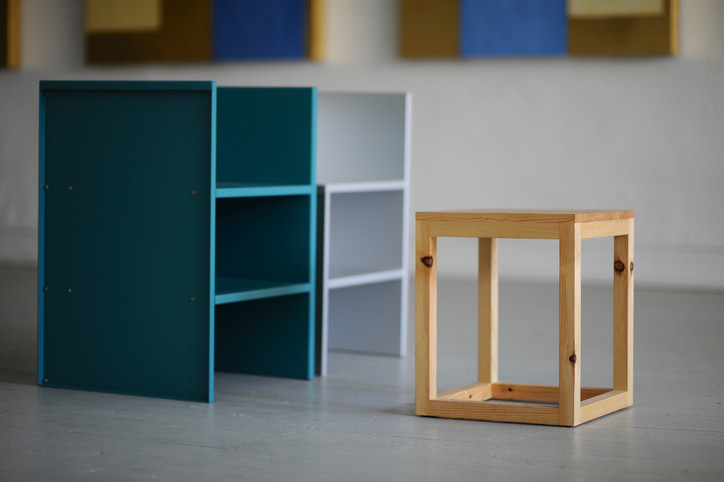
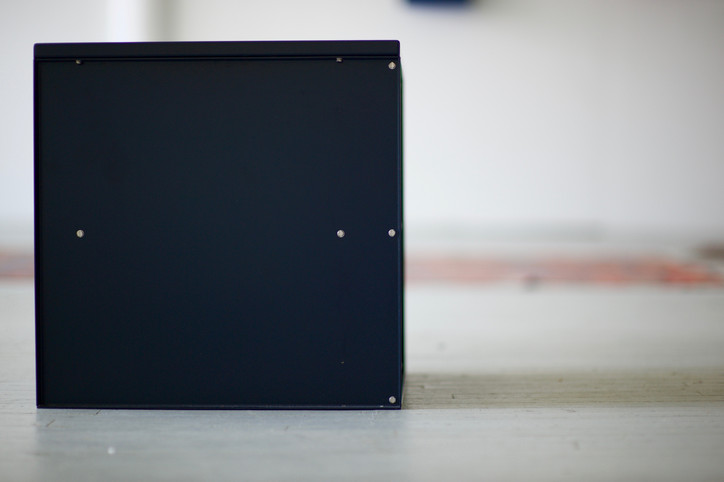
Your fatherʼs colored boxes are arguably one of his more prolific pieces, produced in unlimited numbers as to mirror the industrial aspect of his work, how you would describe the concept behind them?
All materials were equal to Don and he refused the preoccupation with industrial production as that was pretty much a mistaken assumption. Both the furniture and the art were pretty much hand made one by one. Even if aluminum or paint was used what mattered was the result and not how it got there. The craftsmen had to be really good at what they did no matter what material they were dealing with.
A lot of the wood furniture speaks to American folk aesthetics - would you say this is true?
Only superficially in that if you make something out of untreated lumber it will have a certain look and that look will be similar to furniture made by the Shakers or Midwestern farmers or Swiss or Swedish immigrants. The category of “American Folk” is itself a conglomeration of different cultures from Europe, Africa and other parts of the world.
Ultimately, your father started designing furniture for you and your familyʼs use. Do you think that the pieces still sit best in a personal rather than professional setting?
The two categories simply didnʼt exist for him. A chair was a chair and it was either good or bad and the office or home or building was either good or bad. Clearly, modern offices are not better designed or more comfortable than old farmhouses so the distinction is one of marketing more than anything. A chair doesnʼt care which category it inhabits in somebodyʼs marketing plan, it is what it is.
See more on Donald Judd Furniture







